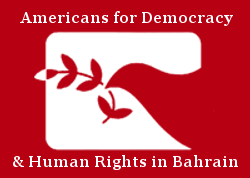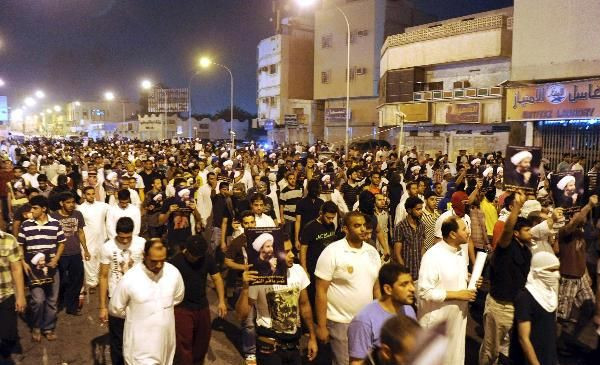Shia cleric Sheikh Nimr al-Nimr was not always a prominent cleric in Saudi Arabia, but by the time of his execution on 2 January 2016, he had become a symbol of Shia demands for political equality. He began to rise in prominence and popularity in the wake of confrontations between Shia pilgrims and the Saudi religious police in Medina in 2009.
The confrontations began on 20 February 2009 as Shia gathered in Medina to mark the anniversary of the Prophet Muhammad’s death. The government asserts that Shia pilgrims, gathering at the al-Baqi cemetery, “trampled upon” the graves of the prophet’s wives and companions. This led to security forces dispersing the Shia pilgrims.
Shia pilgrims assert that the religious police videotaped female pilgrims, a practice they found offensive. When a group of men asked the police to destroy or hand over the tapes, armed policemen confronted hundreds of Shia protesters. On 24 February, many pilgrims gathered in front of the cemetery but were not let into it. When they moved to a square between the cemetery and a mosque, religious police and Sunnis exiting the mosque attacked them. The police arrested and injured dozens, beating and assaulting them with knives. In a show of solidarity with Medina Shia, Shia demonstrated in the Eastern Province towns of Qatif, Safwa, and Awamiya.
On Friday 13 March 2009, in response to the protests and the government’s statement, Sheikh Nimr delivered what is now called the “dignity speech.” In the sermon he raised the possibility of Shia seceding from Saudi Arabia: “Our dignity has been pawned away, and if it is not … restored, we will call for secession. Our dignity is more precious than the unity of this land.” The sermon attracted an unprecedented number of young men who were frustrated with the government’s response to the violence in Medina, and also with long-standing grievances encompassing discrimination in education, politics, religion, and employment. As a result of this sermon, security forces arrested Sheikh Nimr. Instead of stifling dissent and calming the situation, it led to calls for solidarity with Sheikh Nimr, and bolstered his status. The security forces soon released him.
On 10 February 2012, Sheikh Nimr delivered another sermon in which he called for the end of the monarchy. After the sermon, Shia worshippers protested, demanding reforms and the release of prisoners. During the protests, security forces shot and killed Zuhair al-Said. By late 2012, security forces had killed over 16 young men in the Eastern Province, most of them from Awamiya.
The rising violence in government suppression of protests led to increasing militancy among young Shia, many of whom who had given up on reform. Sheikh Nimr’s willingness to speak out against discrimination and call for more radical action endeared him to these activists, to the point where they felt that “Nimr speaks to what we are feeling in our hearts.” His stature grew as he criticized the government, but by 2012, authorities regarded him as a threat and arrested him. His popularity increased while he was in prison, and his sentencing in 2014, and execution in 2016, solidified his standing as a prominent symbol of Shia demands for equality.
Tyler Pry is the Sheikh Nimr al-Nimr Advocacy Fellow at ADHRB





